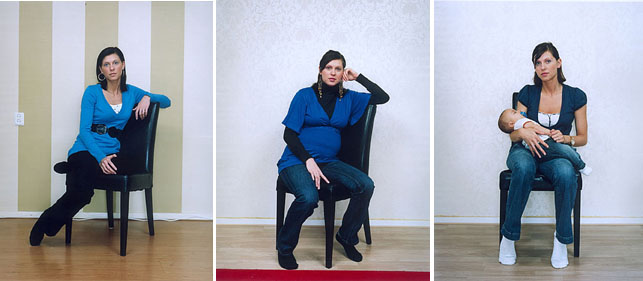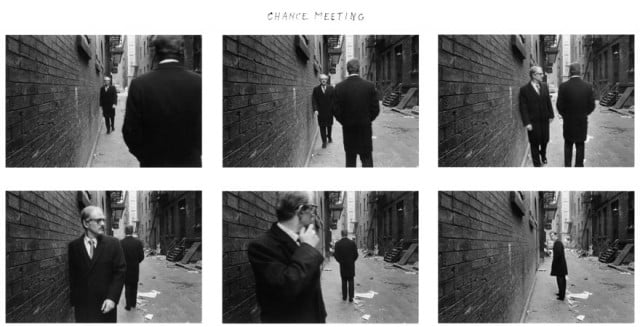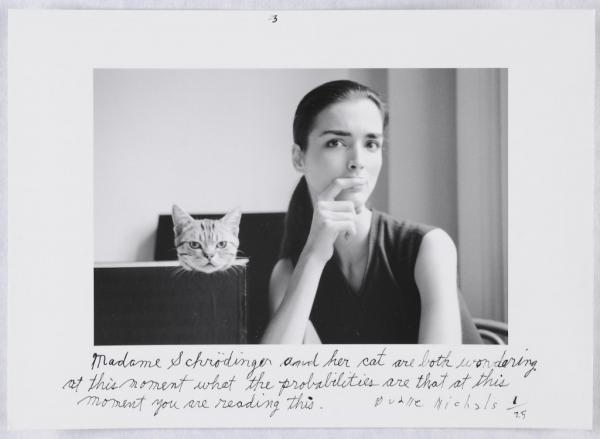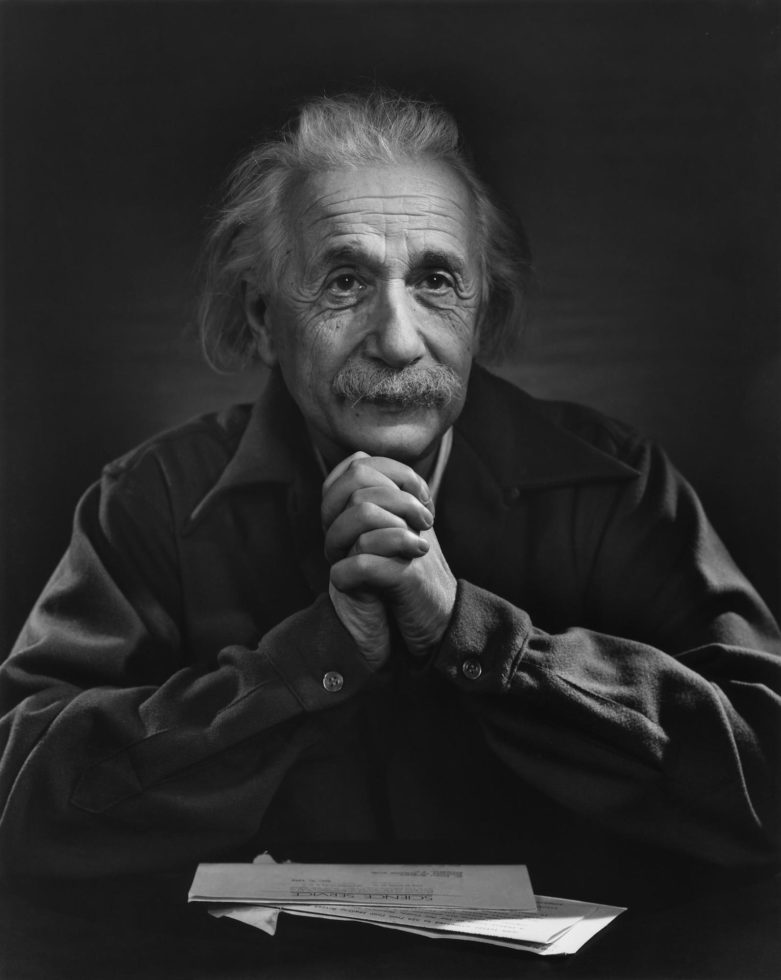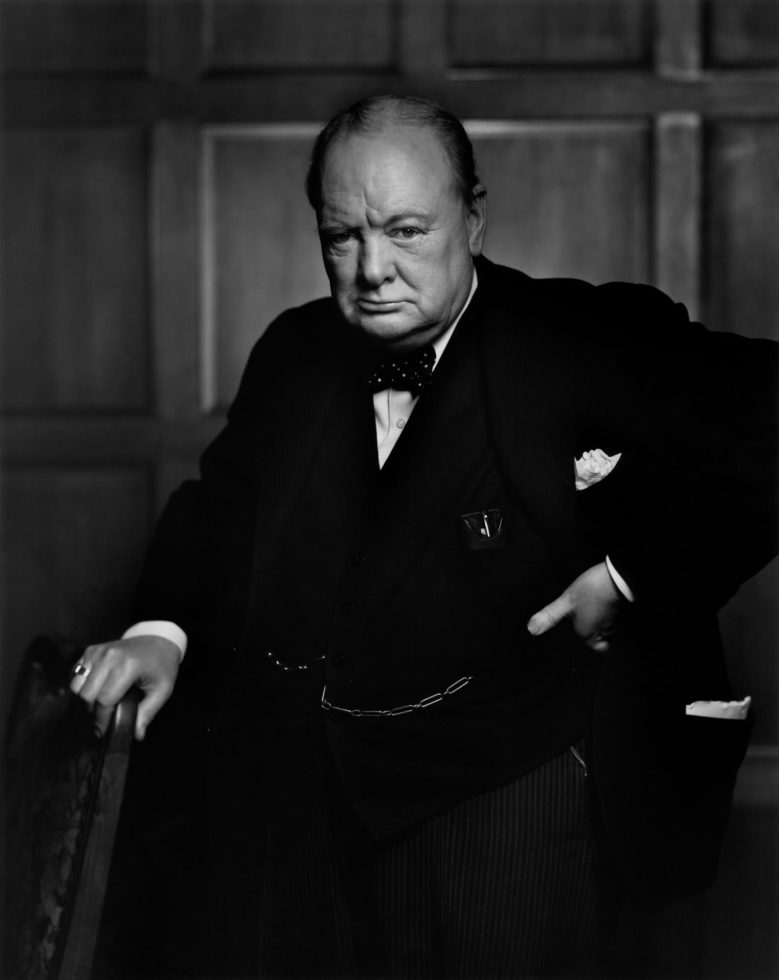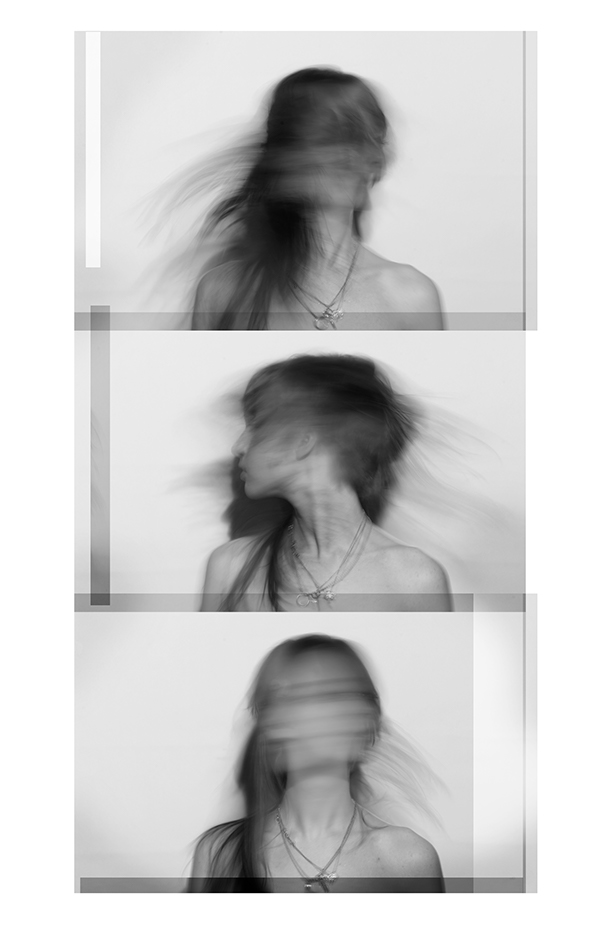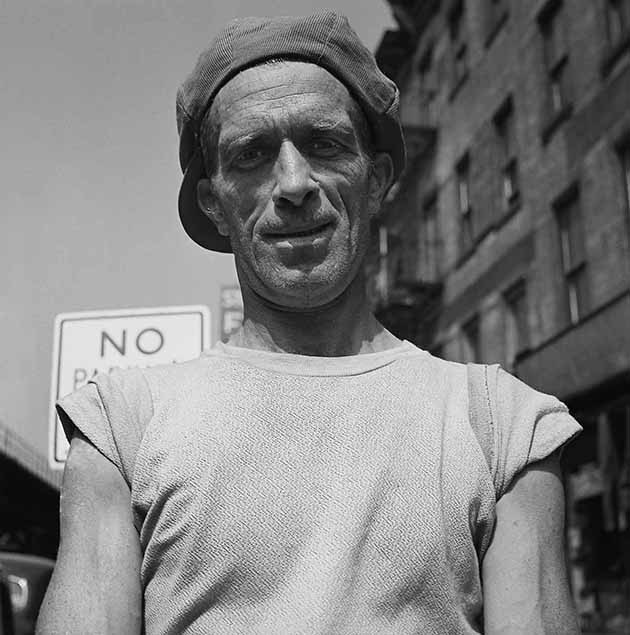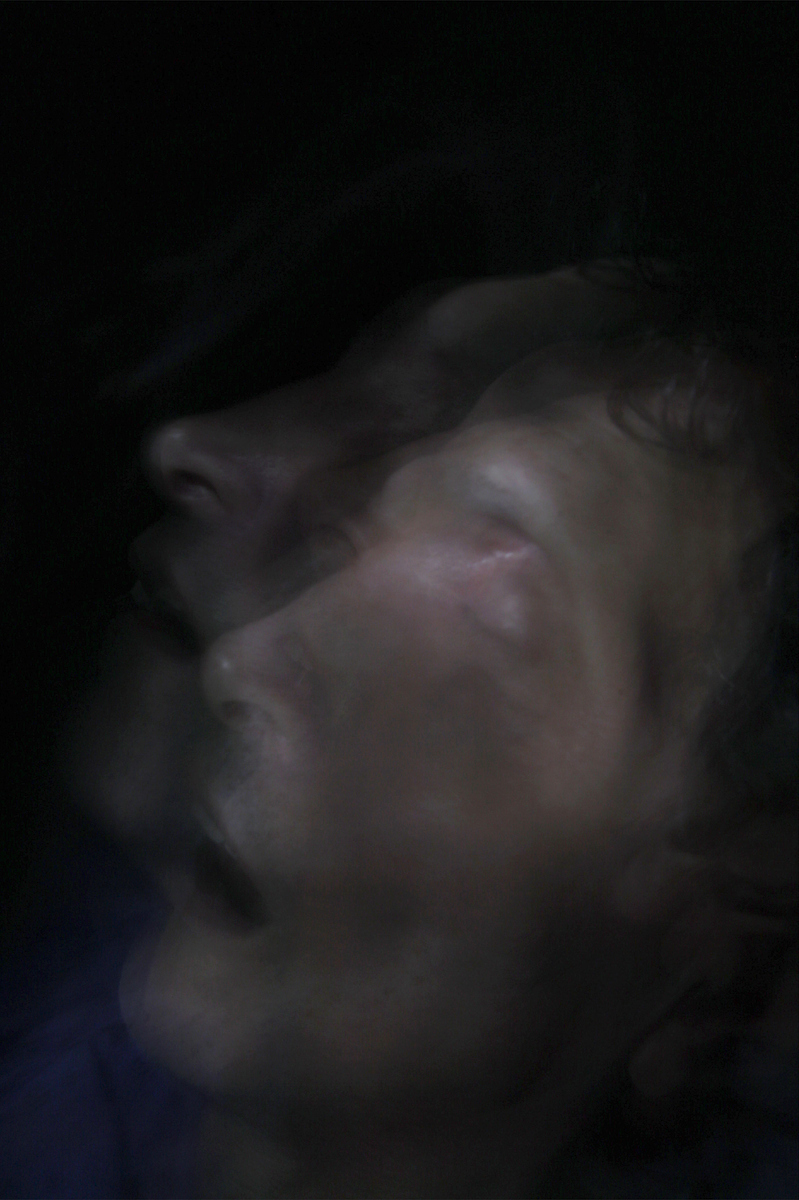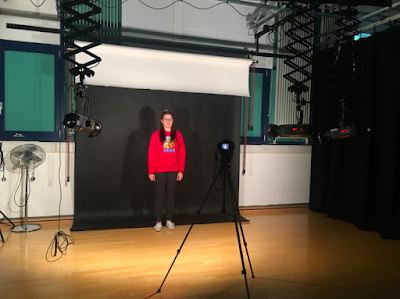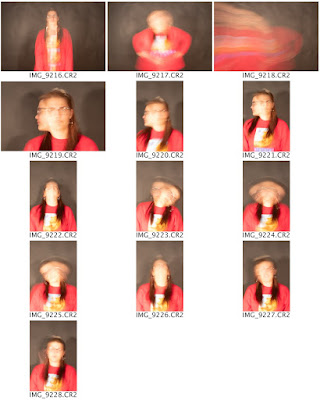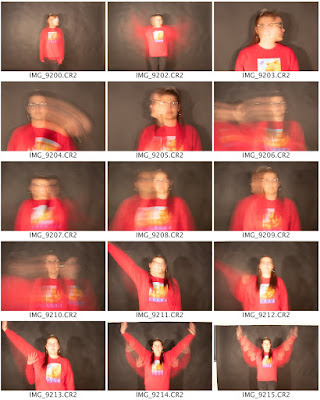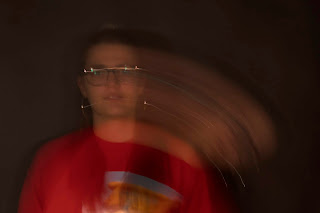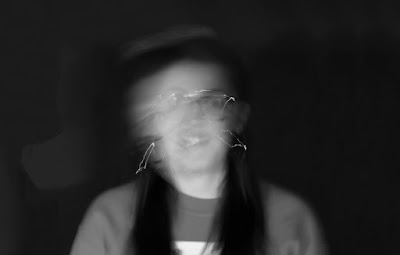Area of investigation – peoples responses to a simple,
non-descriptive question.
Using a long shutter speed to create movement in the photos.
Taking portraits.
Research –
Photographers:
·
Richard Avedon
·
Francesca Woodman
·
Vivian Maier
Vivian Maier
This photo is not about the location for me as I would want use a more rural background and this photo is more the poses of the models. Being centred in the photograph. This is a style I would like to visit.
Tom Ziebinski

Tom Ziebinskis photography is the sort of photography I want to create, but mine also to be a bit more minimal with the movements, with only a couple of movements in my photo.
https://crominski.wordpress.com/tag/movement-photography/ - long exposure photography portraits using light along with the long exposure.
Trying to communicate - I want to models answers to be messy
with mistakes, just like if you were writing a note. This will link to the also
messy look of the photographs with the multiple movements.
Form -
Idea 1: at least 4 photos printed a3 size print, with white
borders to have the model write their answer on. (inspired by Duane Michals). Also to get the models move around for how they are feeling.
Idea 2: at least 4 a3 size prints, with each models written
answer under each of their photos.
Idea 3: at least 4 a3 prints, not using the written answers.
Idea 3: at least 4 a3 prints, not using the written answers.
Timetable – find 10- 15 people.
1st photoshoot – Tuesday 16th October
11am studio booked(dark side)
Models:
Sarah Lane
Matt
Emily
Becky
Budget - £100
Location – Either the studio (white or black background) or a simple location like a brick wall, or a woodland area.
Equipment needed – DSLR Camera, tripod.

